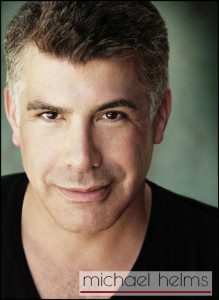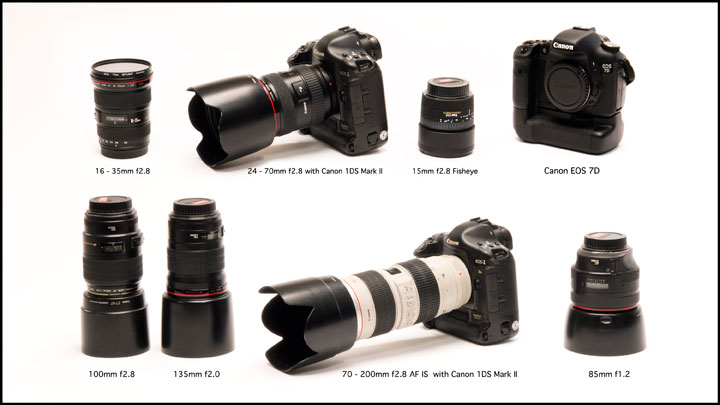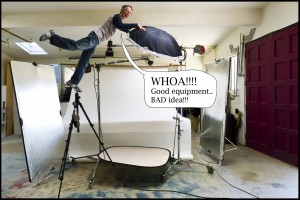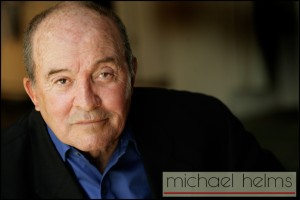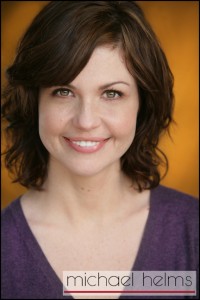I’ve been hearing and reading about an interesting new phenomenon in the head shot world. It seems there is a new trend toward shooting video for head shots also known as Moving Head Shots. The idea is to then go back and sift through the images for a still shot that is the “ultimate moment” captured to print or use on line.
What I am amazed to hear is how many people think Moving Head Shots is not only a good idea, but that it will somehow revolutionize the world of head shots. Some think Moving Headshots will redefine the way a portrait is captured and that it will improve our art.
Part of this thinking (Moving Headshots) has been set up by the digital revolution. Back in the day, a photographer was limited to 36 exposures on a roll of 35mm film. That meant he had to be aware of moments that were fleeting and he had to be specific about what he chose to shoot and the timing of when to push the button.
These days, photographers have huge memory cards that hold hundreds of photos. Where a photographer used to shoot 3 rolls of 36 exposure film (108 frames), now it is not unusual to shoot 200-400 images in a session. This is not necessarily a good thing because more is not always better.
In so many areas we have replaced quality with quantity. I even see photographer’s web sites where they boast “unlimited” number of images.
The photographers who have attempted to shoot video (super high resolution video) and then sift through the images for the “perfect frame”, have found this task daunting to say the least. If you think of shooting 24 frames a second over a period of time, it takes VERY LITTLE time to amass HUGE numbers of frames. For instance, if a photographer shoots video at 24 frames a second and he shoots for 10 minutes, he will have 144,000 frames to go through for a head shot. If his client is wanting to shoot 3 or 4 “looks”, then he can conceivably end up with over half a million frames. I’m wondering how many agents will be willing to look through half a million frames to find the “perfect” head shot?? How many clients have the time to go through that number of frames?
Basically – it’s not practical – and is counterintuitive to what a good photographer is about. One of the gifts of a talented photographer is knowing WHEN to push the button. Not only when, but having the ability to set up a situation where this magic moment CAN happen.
If an actor comes to me wanting 4 different types of head shots, I will shoot anywhere from 15 to 50 frames on average. I listen to what my clients needs are and provide the shots they want. Perhaps 35 years in the business gives me some insight into how to set up a shot and make it happen. Perhaps enjoying the company of the people I shoot makes for a relaxed atmosphere. Perhaps it is because I ask people to be specific about their ideas for the images they want.
For whatever reason, I seem to shoot fewer frames and have a higher percentage of “winning” photos than beginner photographers who hope quantity can overcome lack of quality.
All the great photographers have been able to set up a shot, be clear what their objective was, and know when to push the button.
It is this “magic” that separates the mediocre from the marvelous. I have had instances where I shot less than 10 frames with a client because I KNOW we got the shot. Half a million frames would not have changed that fact.
Video is good for video but for head shots, it’s not a good idea.
Thank you for reading my article about why Moving Headshot is not practical for working actors.

